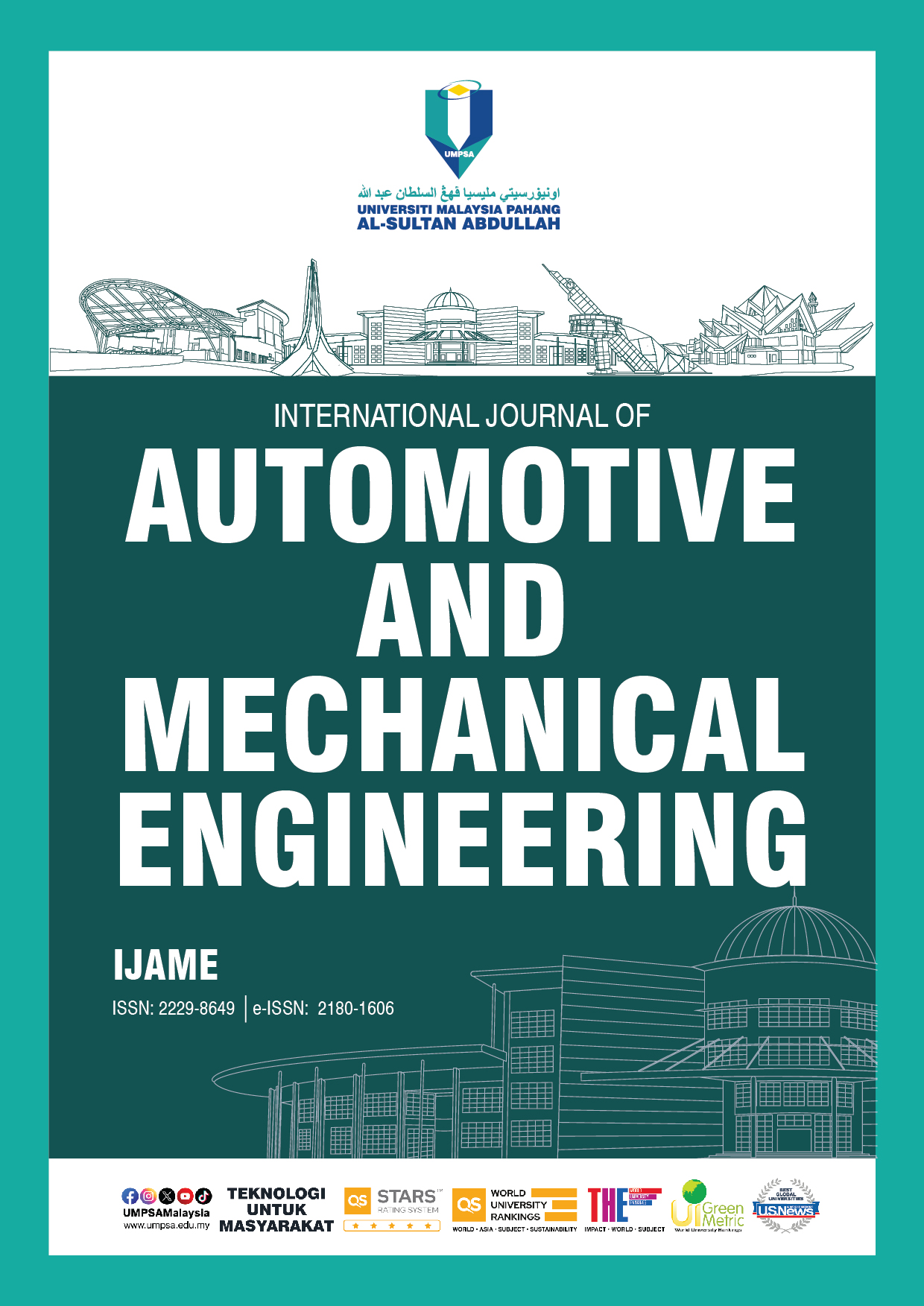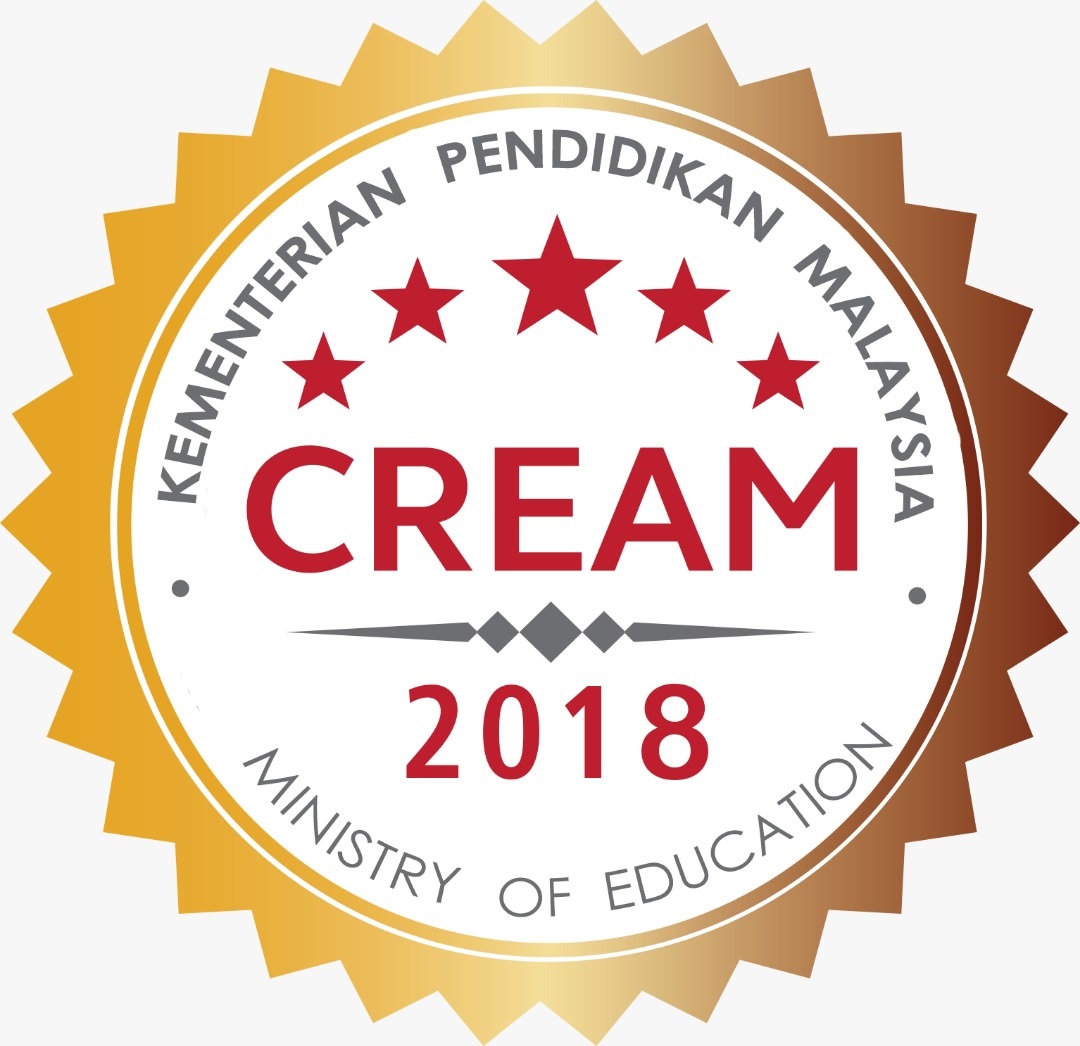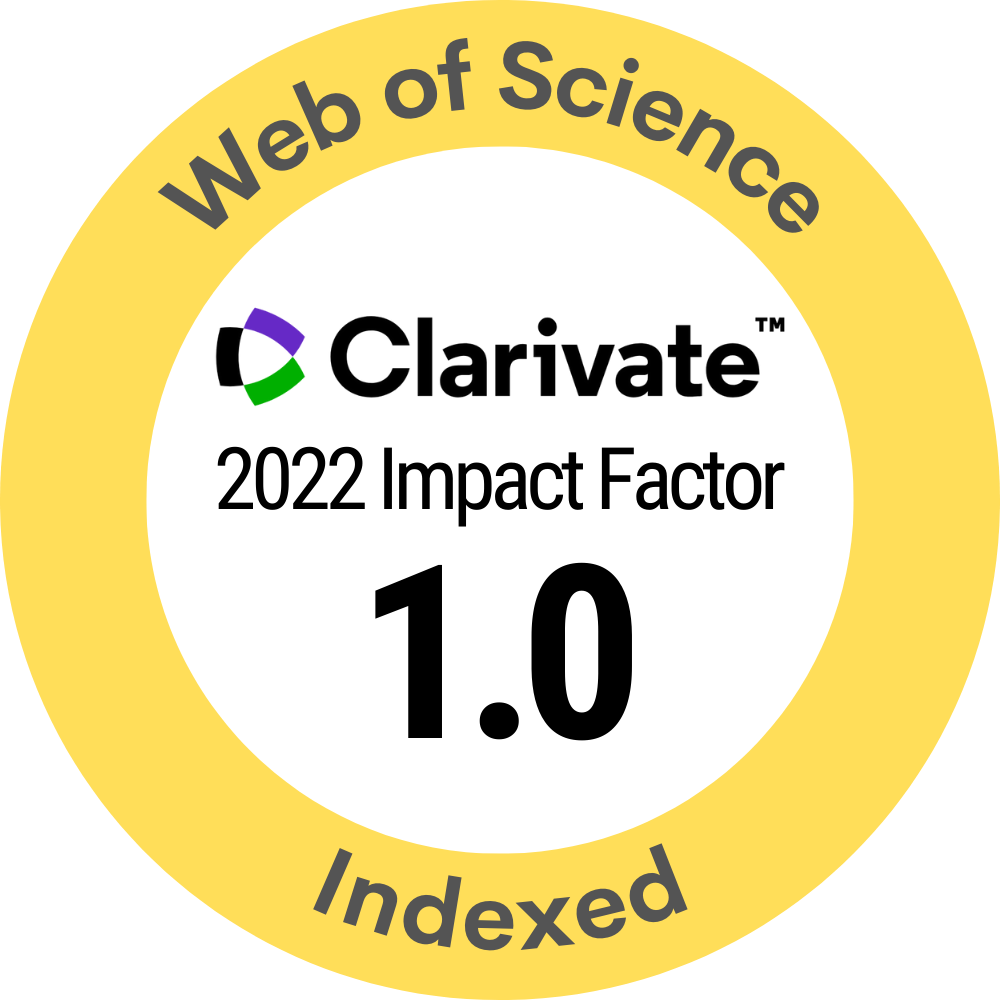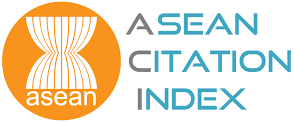A Collision Risk Control Model for Mechanical Engineering Vehicles Based on Image Road Condition Monitoring Method
DOI:
https://doi.org/10.15282/ijame.22.2.2025.13.0950Keywords:
Collision risk, Generative adversarial network, Artificial potential field, DeepLabv3 , Road condition monitoringAbstract
Mechanical engineering vehicles play an important role in various construction projects, but they face various collision risks under different road conditions. To improve the safety of engineering vehicles in operation, a collision risk control model has been proposed. During the process, a generative adversarial network is used as the basis for designing image road condition monitoring methods. DeepLabv3+ is used for generator design, and ResNet101 is used as the encoder backbone network. Subsequently, the risk of vehicle collision is calculated using the artificial potential field method, and the repulsive field adjustment factor is introduced to adjust the repulsive force potential field function. The experiments confirmed that the research method remained below 294 k in parameter testing when the pixel size reached 50 M in two datasets. When testing the obstacle recognition accuracy, the research method achieved a recognition accuracy of 97.8% when obstacles accounted for 10% of the detection area during the day. When conducting obstacle avoidance success rate testing, the obstacle avoidance success rate of the research method remained above 94.7% when the proportion of obstacles in the detection area was 10%. These results confirmed that the research method had good operational performance and collision risk control effect, which could effectively reduce the collision risk of engineering vehicles. The main contribution of this study lies in the proposal of a collision risk control model for mechanical engineering vehicles based on image road condition monitoring and the optimization of the repulsive force potential field function, which solves the problem of local optima.
References
[1] D. Arya, H. Maeda, S. K. Ghosh, D. Toshniwal, and Y. Sekimoto, “RDD2022: A multi-national image dataset for automatic road damage detection,” Geoscience Data Journal, vol. 11, no. 4, pp. 846-862, 2024.
[2] S. Ghanem, P. Kanungo, G. Panda, S. C. Satapathy, and R. Sharma, “Lane detection under artificial colored light in tunnels and on highways: An IoT-based framework for smart city infrastructure,” Complex and Intelligent System, vol. 9, no. 4, pp. 3601-3612s, 2023.
[3] S. Jana, A. I. Middya, and S. Roy, “Participatory sensing based urban road condition classification using transfer learning,” Mobile Networks and Applications, vol. 29, no. 1, pp. 42-58, 2024.
[4] C. A. Thieme, B. Rokseth, and I. B. Utne, “Risk-informed control systems for improved operational performance and decision-making,” Proceedings of the Institution of Mechanical Engineers, Part O: Journal of Risk and Reliability, vol. 237, no. 2, pp. 332-354, 2023.
[5] A. Rawson and M. Brito, “A survey of the opportunities and challenges of supervised machine learning in maritime risk analysis,” Transport Reviews, vol. 43, no. 1, pp. 108-130, 2023.
[6] H. Yang, Q. Li, Z. Zuo, and H. Zhao, “Event‐triggered model predictive control for multi‐vehicle systems with collision avoidance and obstacle avoidance,” International Journal of Robust and Nonlinear Control, vol. 31, no. 11, pp. 5476-5494, 2021.
[7] A. De Marinis, F. Iavernaro, and F. Mazzia, “A minimum-time obstacle-avoidance path planning algorithm for unmanned aerial vehicles,” Numerical Algorithms, vol. 89, no. 4, pp. 1639-1661, 2022.
[8] Y. Chen, C. Hu, Y. Qin, M. Li, and X. Song, “Path planning and robust fuzzy output-feedback control for unmanned ground vehicles with obstacle avoidance,” Proceedings of the Institution of Mechanical Engineers, Part D: Journal of Automobile Engineering, vol. 235, no. 4, pp. 933-944, 2021.
[9] Y. Shou, B. Xu, H. Lu, A. Zhang, and T. Mei, “Finite‐time formation control and obstacle avoidance of multi‐agent system with application,” International Journal of Robust and Nonlinear Control, vol. 32, no. 5, pp. 2883-2901, 2022.
[10] S. Feng, Y. Qian, and Y. Wang, “Collision avoidance method of autonomous vehicle based on improved artificial potential field algorithm,” Proceedings of the Institution of Mechanical Engineers, Part D: Journal of Automobile Engineering, vol. 235, no. 14, pp. 3416-3430, 2021.
[11] D. K. Dewangan and S. P. Sahu, “RCNet: Road classification convolutional neural networks for intelligent vehicle system,” Intelligent Service Robotics, vol. 14, no. 2, pp. 199-214, 2021.
[12] Y. Du, N. Pan, Z. Xu, F. Deng, Y. Shen, and H. Kang, “Pavement distress detection and classification based on YOLO network,” International Journal of Pavement Engineering, vol. 22, no. 13, pp. 1659-1672, 2021.
[13] Y. Bhatia, R. Rai, V. Gupta, N. Aggarwal, and A. Akula, “Convolutional neural networks based potholes detection using thermal imaging,” Journal of King Saud University-Computer and Information Sciences, vol. 34, no. 3, pp. 578-588, 2022.
[14] H. Maeda, T. Kashiyama, Y. Sekimoto, T. Seto, and H. Omata, “Generative adversarial network for road damage detection,” Computer‐Aided Civil and Infrastructure Engineering, vol. 36, no. 1, pp. 47-60, 2021.
[15] Y. Li, P. Che, C. Liu, D. Wu, and Y. Du, “Cross‐scene pavement distress detection by a novel transfer learning framework,” Computer‐Aided Civil and Infrastructure Engineering, vol. 36, no. 11, pp. 1398-1415, 2021.
[16] R. Hao, M. Liu, W. Ma, B. Van Arem, and M. Wang, “A flock-like two-dimensional cooperative vehicle formation model based on potential functions,” Transportmetrica B: Transport Dynamics, vol. 11, no. 1, pp. 174-195, 2023.
[17] G. Chen, M. Hua, W. Liu, J. Wang, S. Song, C. Liu, et al., “Planning and tracking control of full drive-by-wire electric vehicles in unstructured scenario,” Proceedings of the Institution of Mechanical Engineers, Part D: Journal of Automobile Engineering, vol. 238, no. 13, pp. 3941-3956, 2024.
[18] D. K. Dewangan and S. P. Sahu, “PotNet: Pothole detection for autonomous vehicle system using convolutional neural network,” Electronics Letters, vol. 57, no. 2, pp. 53-56, 2021.
[19] P. Singh, A. E. Kamal, A. Bansal, and S. Kumar, “Road pothole detection from smartphone sensor data using improved LSTM,” Multimedia Tools and Applications, vol. 83, no. 9, pp. 26009-26030, 2024.
[20] T. Yamaguchi and T. Mizutani, “Quantitative road crack evaluation by a U-Net architecture using smartphone images and Lidar data,” Computer‐Aided Civil and Infrastructure Engineering, vol. 39, no. 7, pp. 963-982, 2024.
[21] S. Kumar and A. Sikander, “A modified probabilistic roadmap algorithm for efficient mobile robot path planning,” Engineering Optimization, vol. 55, no. 9, pp. 1616-1634, 2023.
[22] X. Kong, H. Yuan, X. Zou, Y. Zhao, and S. Xiu, “A dynamic temperature condition monitoring method by vibration signal in grinding process,” The International Journal of Advanced Manufacturing Technology, vol. 131, no. 5, pp. 2497-2507, 2024.
[23] H. Taghavifar, L. Taghavifar, C. Hu, C. Wei, and Y. Qin, “Optimal reinforcement learning and probabilistic-risk-based path planning and following of autonomous vehicles with obstacle avoidance,” Proceedings of the Institution of Mechanical Engineers, Part D: Journal of Automobile Engineering, vol. 238, no. 6, pp. 1427-1439, 2024.
[24] D. Zhai, D. Yang, J. Chen, Z. Luo, M. Yu, and Z. Zhou, “Model for the cooperative obstacle‐avoidance of the automated vehicle swarm in a connected vehicles environment,” IET Intelligent Transport Systems, vol. 17, no. 6, pp. 1137-1151, 2023.
Downloads
Published
Issue
Section
License
Copyright (c) 2025 The Author(s)

This work is licensed under a Creative Commons Attribution-NonCommercial 4.0 International License.







